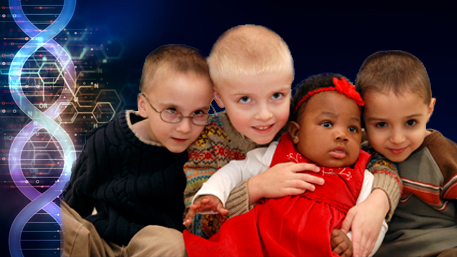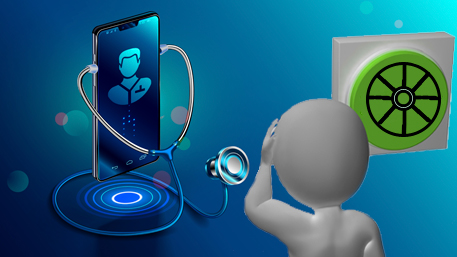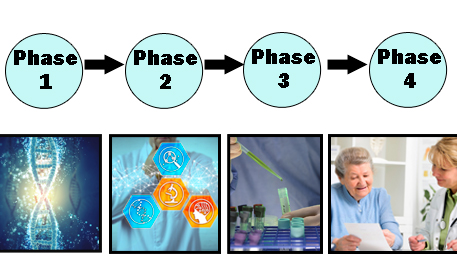Category:
How Common is Familial Hypercholesterolemia?

Familial Hypercholesterolemia (FH) is a genetic condition that leads to high blood levels of low-density lipoprotein cholesterol, also known as LDL-C or “bad cholesterol.” Most people with FH have heterozygous FH, meaning they have only one FH-causing mutation, but in rare cases, a person can have homozygous FH, meaning they have FH-causing mutations in both Read More >
Posted on byNext Generation Sequencing to Diagnose Primary Immunodeficiency

Primary immunodeficiencies (PI) are a group of more than 400 genetic disorders that alter the ability of the immune system to fight off infection and affect 1 out of 1,2001 births in the United States. Patients with PI are at increased risk of recurrent infections, certain malignancies, and death. Initial identification of PI in a Read More >
Posted on byPublic Health Impact of Digital Health: Reinventing the Wheel

“Digital health has potential to improve health management, but the current state of technology development and deployment requires a “buyer beware” cautionary note.” (Perakslis and Ginsburg, JAMA, 2020) In a recent JAMA viewpoint, Perakslis and Ginsburg summarize the current state of digital health and discuss approaches in evaluating benefits, risks and value of these technologies. Read More >
Posted on byLabs on FHIR: Sharing Genetic Test Results*

The use of genetic testing is becoming increasingly routine in patient care. For example, tests are available to check newborns for genetic disorders, screen would-be parents for carrier status, inform cancer care, and evaluate potential pharmacogenetic associations. However, the laboratories that perform these tests face many challenges that keep them from being able to return Read More >
Posted on by

